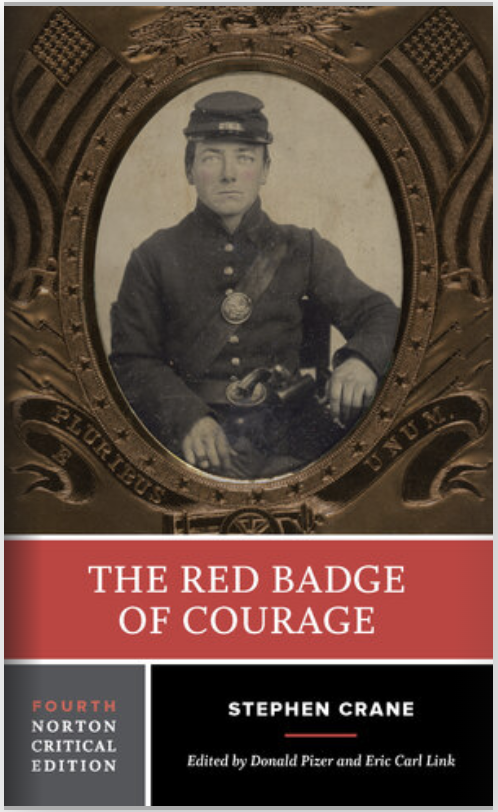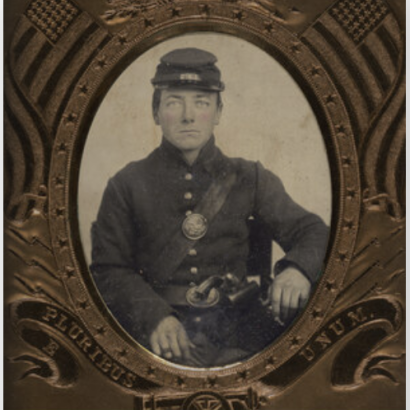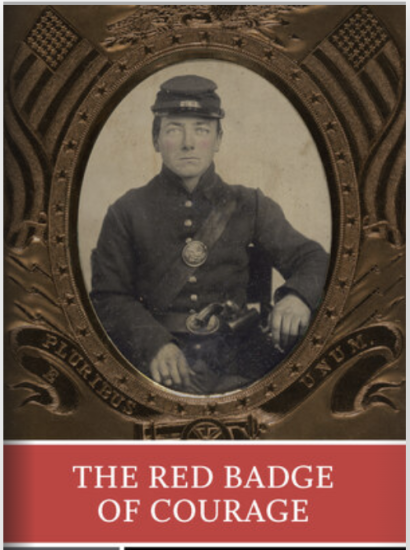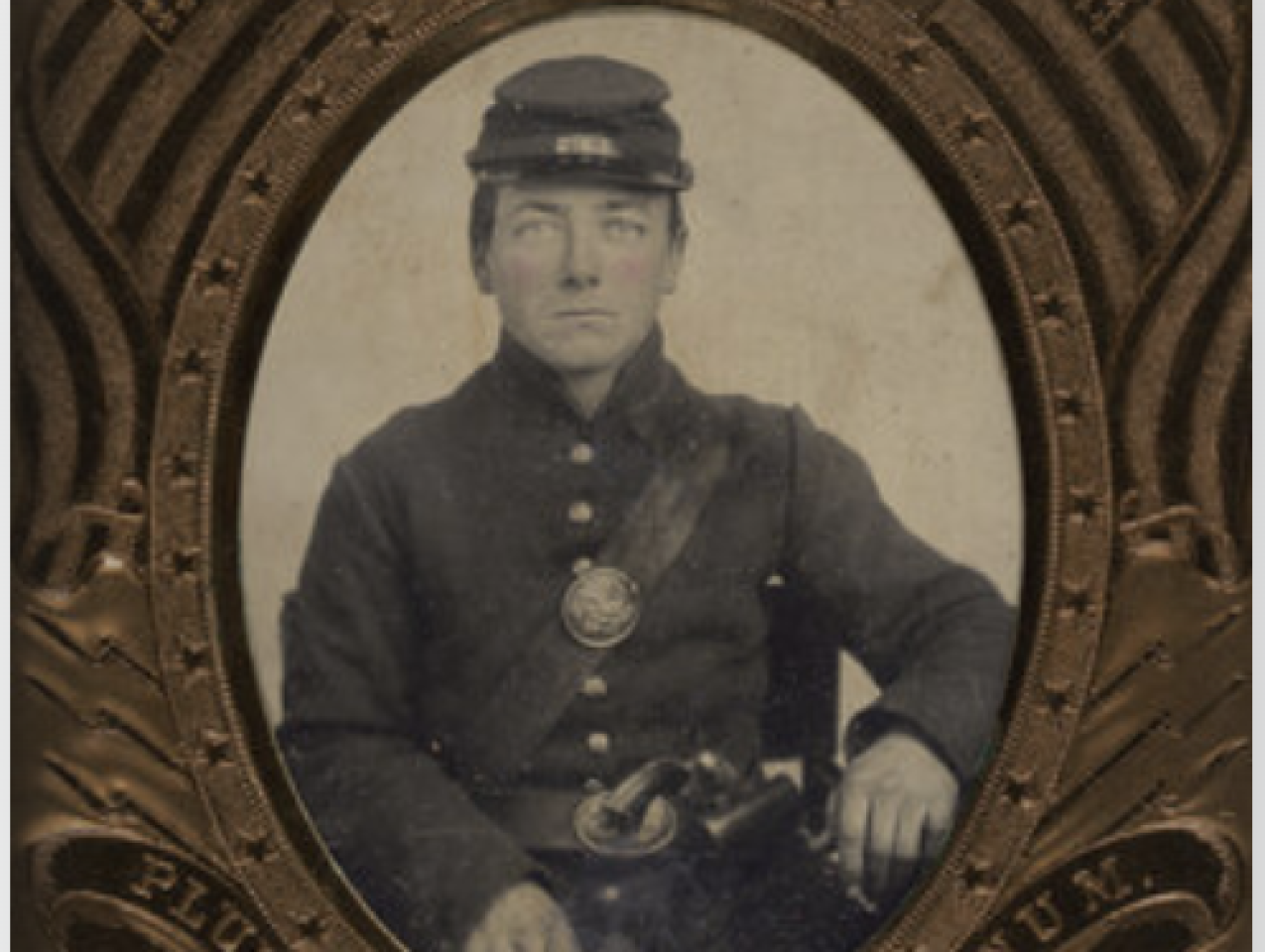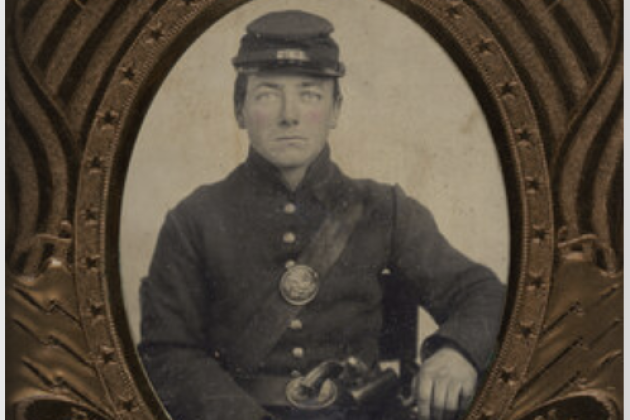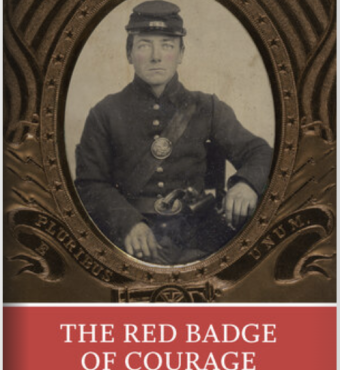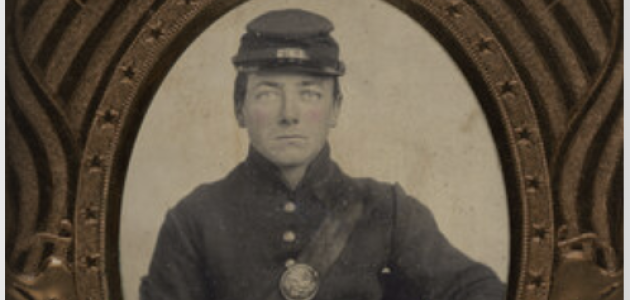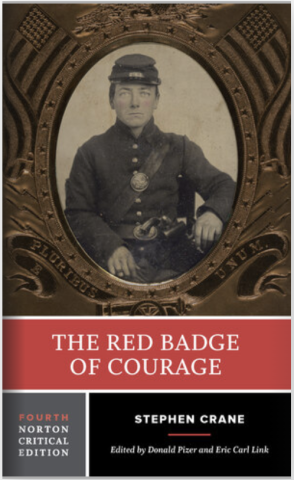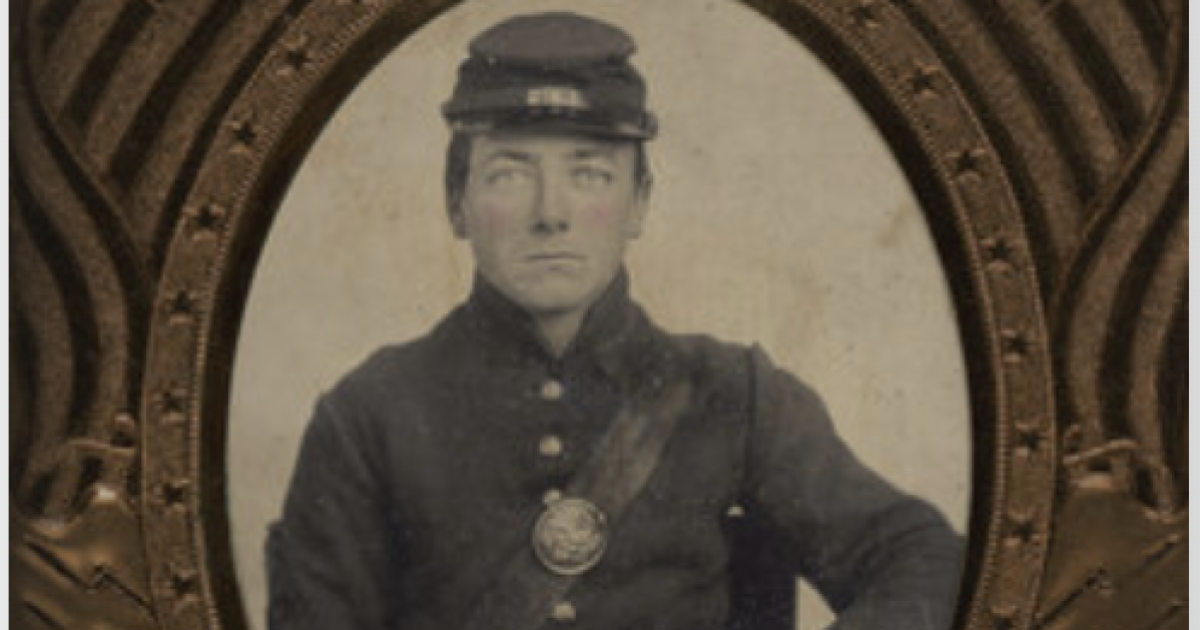War made him a man. The Red Badge of Courage’s protagonist, Henry Fleming, is a boy, who, like novelist and war correspondent Stephen Crane himself, dreamed of war. Crane grew up listening to and reading Civil War veterans’ reminiscences, but for Crane they lacked human feelings. He lamented, “these fellows don’t tell how they felt in those scraps! They spout eternally of what they did but they are emotionless as rocks!” Crane’s argument encapsulates the tectonic shift that occurred within Gilded Age America: emotional emphasis and its control over self, rather than contrariwise.
This psychological turn toward the subject (ergo, the subjective), muted absolute truths grounded upon traditional understanding. Contemporary reviews on both sides of the Atlantic lauded Crane’s “new” insight into war and the human condition. Although Crane did not intend it, after the Second World War, subjective analysis (e.g., deconstructionism) solidified with most critics arguing that irony saturates The Red Badge of Courage and the novel contains endless interpretation. Crane disagrees.
In January 1896, Crane wrote “my chieftest [sic] desire was to write plainly and unmistakably, so that all men (and some women) might read and understand. That to my mind is good writing.” The following year, he added, “I intended it to be, a psychological portrayal of fear…I have never been in a battle, but I believe that I got my sense of the rage of conflict on the football field, or else fighting is a hereditary instinct, and I wrote intuitively; for the Cranes were a family of fighters in the old days, and in the Revolution every member did his duty.” Crane defined himself as a realist. He wanted Fleming’s experience to show that war ennobled him.
Indeed, the novel chronicles Fleming’s war experience with a focus on the 1863 battle of Chancellorsville. His first encounter with battle abrades his naiveté and pride as he flees for fear of death. But war transforms him. Later Fleming overcomes death, and fights with vigor, having “rid himself of the red sickness of battle,” with his soul at peace. At the novel’s conclusion Fleming “felt a quiet manhood, non-assertive but of sturdy and strong blood. He knew that he would no more quail before his guides wherever they should point. He had been to touch the great death, and found that, after all, it was but the great death. He was a man.” And “Scars faded as flowers.”
Intent on solidifying Fleming’s journey, in 1896 Crane published The Red Badge of Courage’s coda: “The Veteran.” An older, wiser Henry Fleming observes that his initial cowardice was soldiers’ minority response, and later, his life’s final action proves his courage. Fleming rescues animals from a burning barn that he alone enters numerous times, whilst other men fumble with water buckets remaining outside the inferno. With two young colts still trapped in the barn, Fleming once again braves the blaze but the roof collapses, killing him. As the pyre rises, Crane concludes, “perhaps the unutterable midnights of the universe will have no power to daunt the color of this soul.” Chancellorsville forged Fleming.
The opening narration of director John Huston’s 1951 film version provides us a taut summation: “Stephen Crane wrote this book when he was a boy of twenty-two. Its publication made him a man. His story is of a boy who, frightened went into a battle and came out of it a man with courage.”
Reader’s Guide
- Stephen Crane, The Red Badge of Courage: A Norton Critical Edition, 4th ed., eds. Donald Pizer and Eric Carl Link (New York: Norton, 2008). Pizer and Link provide the text’s definitive edition complemented by balanced analysis and an abundance of contextual readings, which include “The Veteran,” Crane’s pertinent letters, a helpful May 2, 1863 Chancellorsville order of battle map, Harold R. Hungerford’s battle of Chancellorsville study, and Civil War veteran Bvt. Brigadier General Alexander C. McClurg’s withering review, where he dubs the book a “vicious satire upon American soldiers and American armies” and that “There may have been a moderate number of men in our service who felt and acted in battle like those in this book; but of such deserters were made.” McClurg’s misgivings of American soldiers’ misrepresentation proved justified, because despite misreading Crane’s intent, the novel’s satirical assessment became standard.
- Stephen Crane, The Red Badge of Courage: Ignatius Critical Editions, ed. Mary R. Reichardt (San Francisco: Ignatius Press, 2012). A slimmer alternative that still features “The Veteran” and Hungerford’s essay, but also includes Mitchell Kalpakgian’s profound piece on manhood, which serves as an illuminating companion to McClurg’s concern—with both authors holding a traditional understanding of human nature.
- Stephen W. Sears, Chancellorsville (New York: Houghton Mifflin Harcourt, 1996). The best single-volume treatment of the battle—Appendix III concludes with Sears’s astute reflections on Crane and his novel.







